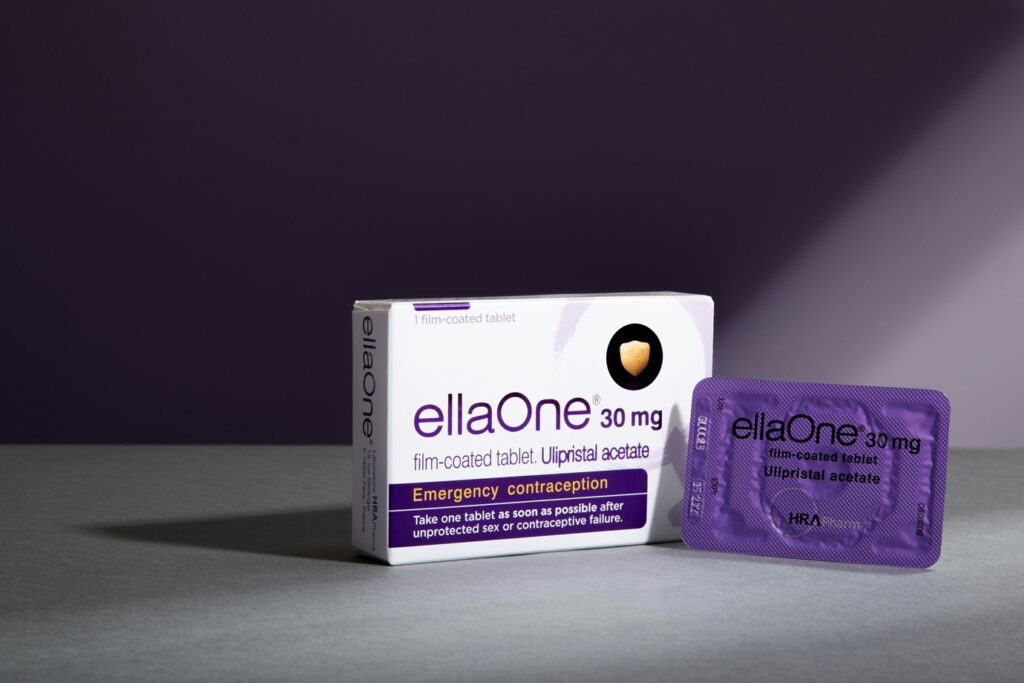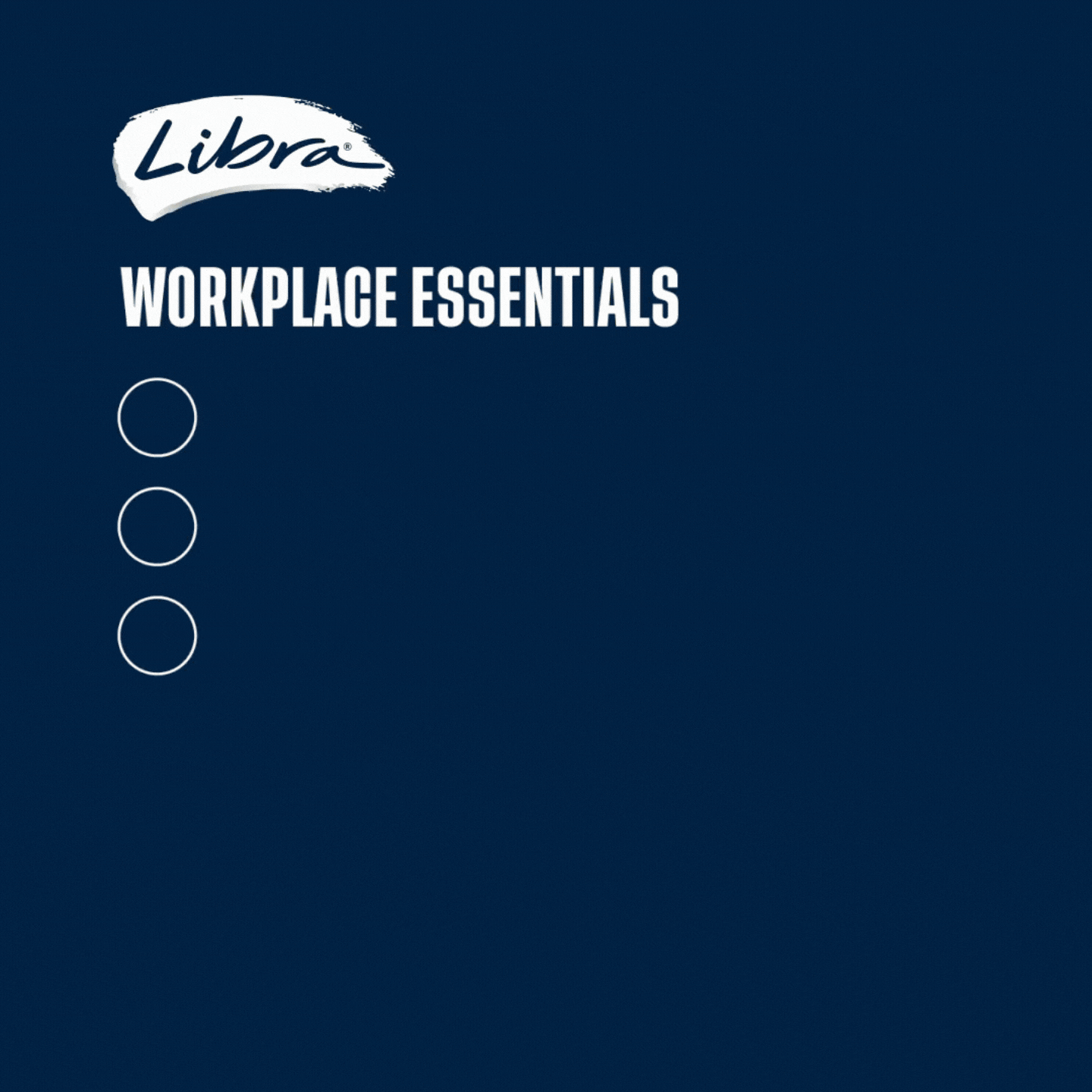While 90 per cent of women seek emergency contraception within 24 hours of unprotected sex, nearly one-third of pharmacies do not stock the most -effective oral emergency contraceptive, according to new research.
Only 70 per cent of 233 pharmacies surveyed by Flinders University carry ulipristal acetate (UPA), despite it being recommended as the first-line oral emergency contraceptive.
The research shows UPA is less likely to be available than the second option– levonorgestrel– and when it is available, it is likely to be more expensive.
This gap widens even further when comparing urban and rural areas, with 76 per cent of pharmacies in major cities stocking UPA, while only 59 per cent in regional, rural and remote areas do. This disparity is especially alarming considering that unintended pregnancies are more common among women in rural and remote regions.
Studies show that UPA (EllaOne®) is 2.5 times more effective at preventing pregnancies if taken within 24 hours compared to other oral options and has a 98 per cent effectiveness rate throughout its five-day window. This allows women a reliable and extended timeframe to prevent pregnancy.
“If we use a reproductive justice lens, then choice only occurs when there is access,” Safeera Hussainy, the Senior Pharmacy Research Manager at Peter MacCallum Cancer Centre, tells Women’s Agenda.
“Access, in turn, can improve when barriers such as pharmacist knowledge and confidence improve, and the pharmacy environment is discreet/private and confidential.”

Having advocated for sexual and reproductive health within the pharmacy profession for two decades, Hussainy says there’s more than one action pharmacists can take to improve access to emergency contraception for women.
“Pharmacies should do away with the ‘form’ or checklist that has been traditionally used to collect information – just have a conversation with the person,” says Hussainy, noting that pharmacies should also consider putting “signage up to say they are ‘EC friendly’ or that there are female pharmacists available for consultation as these were potential enablers identified in my research by 400+ women who completed an online survey”.
Along with UPA, levonorgestrel is another option for oral emergency contraceptive pills, and Hussainy says that stocking both UPA and levonorgestrel is needed “in recognition that they have different roles to play depending on the person’s circumstance, offering the person the choice”.
Within the survey, researchers found that levonorgestrel was stocked in 98 per cent of pharmacies– a higher rate than UPA’s 70 per cent. And when UPA was stocked, it was on average $13 more expensive.
“While access to emergency contraception has improved over the years, it is still not 100 per cent, Hussainy says, pointing to “a recent Australian study finding that only 3/10 pharmacies stock one of the two oral emergency contraceptives”.
Considering each contraceptive works a bit differently, she says this means “women are not being offered a choice to select which emergency contraceptive best suits their situation”.
Hussainy explains that messaging to the pharmaceutical profession– in various formats such as webinars, online modules and updated guidelines– has been occurring since the first emergency contraceptive pill became available over the counter in 2004.
She says “it’s up to pharmacists, and management in some cases if they work in a chain pharmacy, to take these up in recognition of the fact that the evidence continues to shift in this space.”
In response to the survey findings, researchers urge the need for better strategies “to improve equitable access to all methods of oral emergency contraception within the Australian community pharmacy setting and ensure pharmacists are aware of key differences between the available methods”.
“This will ensure that they are prepared to facilitate shared decision making based on the individual needs of each woman.”


